How to get rid of mould from fabric: 5 simple steps to banish all trace
From clothes at the back of your wardrobe to curtains follow these five easy ways to refresh fabrics and leave them mould-free


With the damp weather many of us may be encountering dreaded mould in our homes. Whilst we’re prepared to see it on our walls, on fabrics it feels more frightful.
But fear not, if you’ve noticed dark mould spots appearing on your favourite jumper or expensive drapes, don’t immediately discard them because there is hope thanks to our expert-approved tips for mastering how to get rid of mould from fabric.
Even if you’ve done everything to prevent mould in your wardrobes, reduce condensation on windows and own one of the best dehumidifiers, mould can still surprise you – finding its way onto your clothes and soft furnishings without you even noticing.
Our panel of cleaning and fabric experts can offer a lifeline for your favourite fabrics by following their cleaning solutions for getting rid of mould in no time.
How to get rid of mould from fabrics
Before you say goodbye to your plush curtains, cushions or your best cream jumper there are a few effective steps you can take to remove all traces of mould – all of each are quick and easy to follow.
1. Prepare yourself
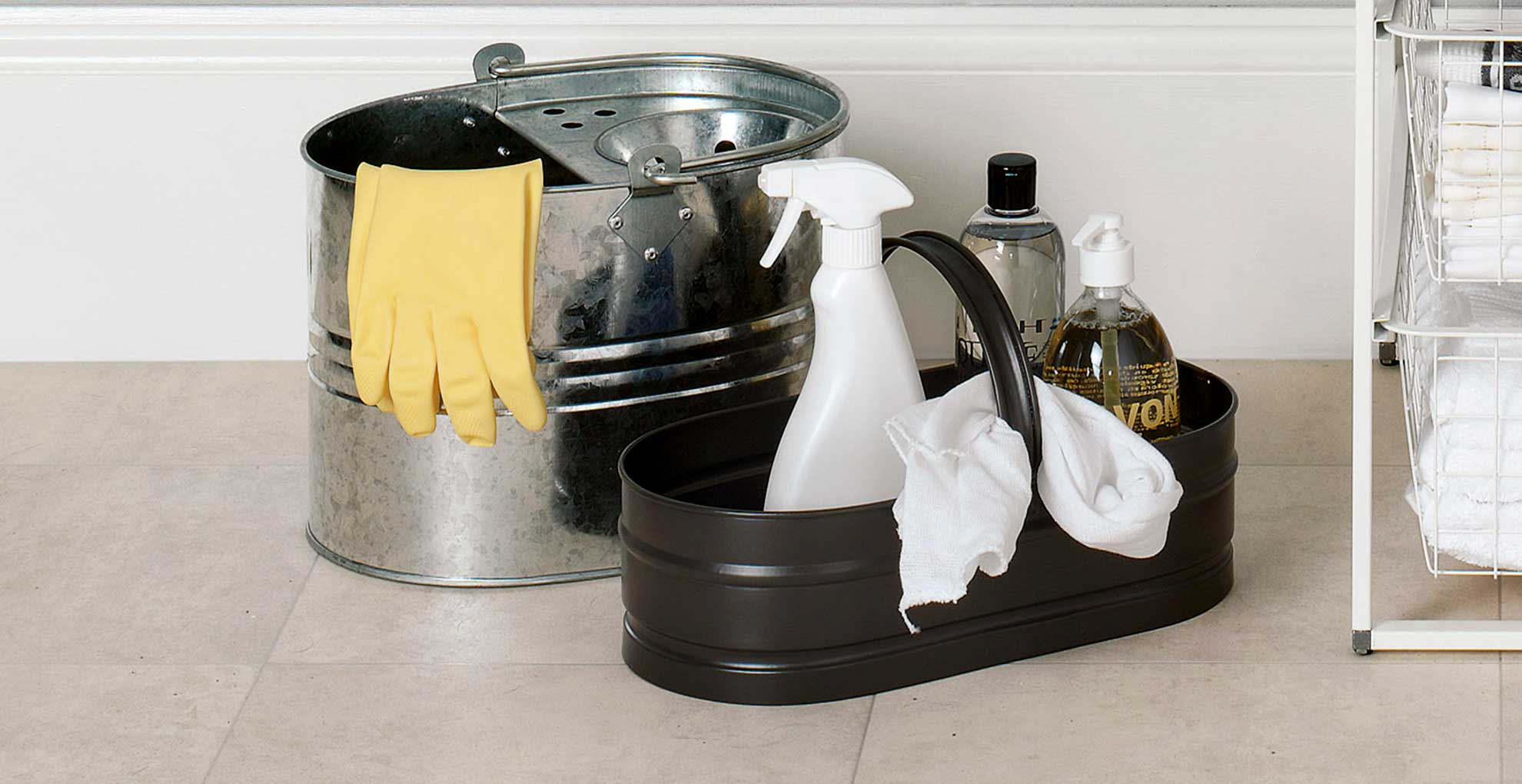
There's a reason we don't want mould finding its way into our homes and that's because of the dangers and health risks it brings along with it, which is one reason why you should buy a dehumidifier in an attempt to improve indoor air quality.
No matter where it finds itself in the home, mould can pose a threat to our respiratory systems meaning those with asthma and other breathing conditions are particularly at risk. That's why, when tackling the stuff you need to be well-equipped and prepared to minimise contact as much as possible.
Sign up for the woman&home newsletter
Sign up to our free daily email for the latest royal and entertainment news, interesting opinion, expert advice on styling and beauty trends, and no-nonsense guides to the health and wellness questions you want answered.
Cleaning expert at MyJobQuote.co.uk, Sarah Dempsey is quick to stress why it's important to act fast and safely when you spot mould in your home. She says, "Mould can cause allergy issues, breathing problems, skin irritations, and many other health problems. The longer a person is exposed to the mould, the worse the problems will become. Also, the longer mould is left untreated, the worse it will get. Mould spores spread quite quickly and can become a big problem if you leave it."
We recommend you always wear gloves, whether that's a new set of marigolds or latex and make sure to do any mould cleaning in a well-ventilated area, preferably outside.
It's also a good idea to wear a face mask to reduce the amount of spores being breathed in when you're scrubbing away. You can find an affordable yet efficient pack of 10 masks on Amazon for £11.99.
2. Check the label
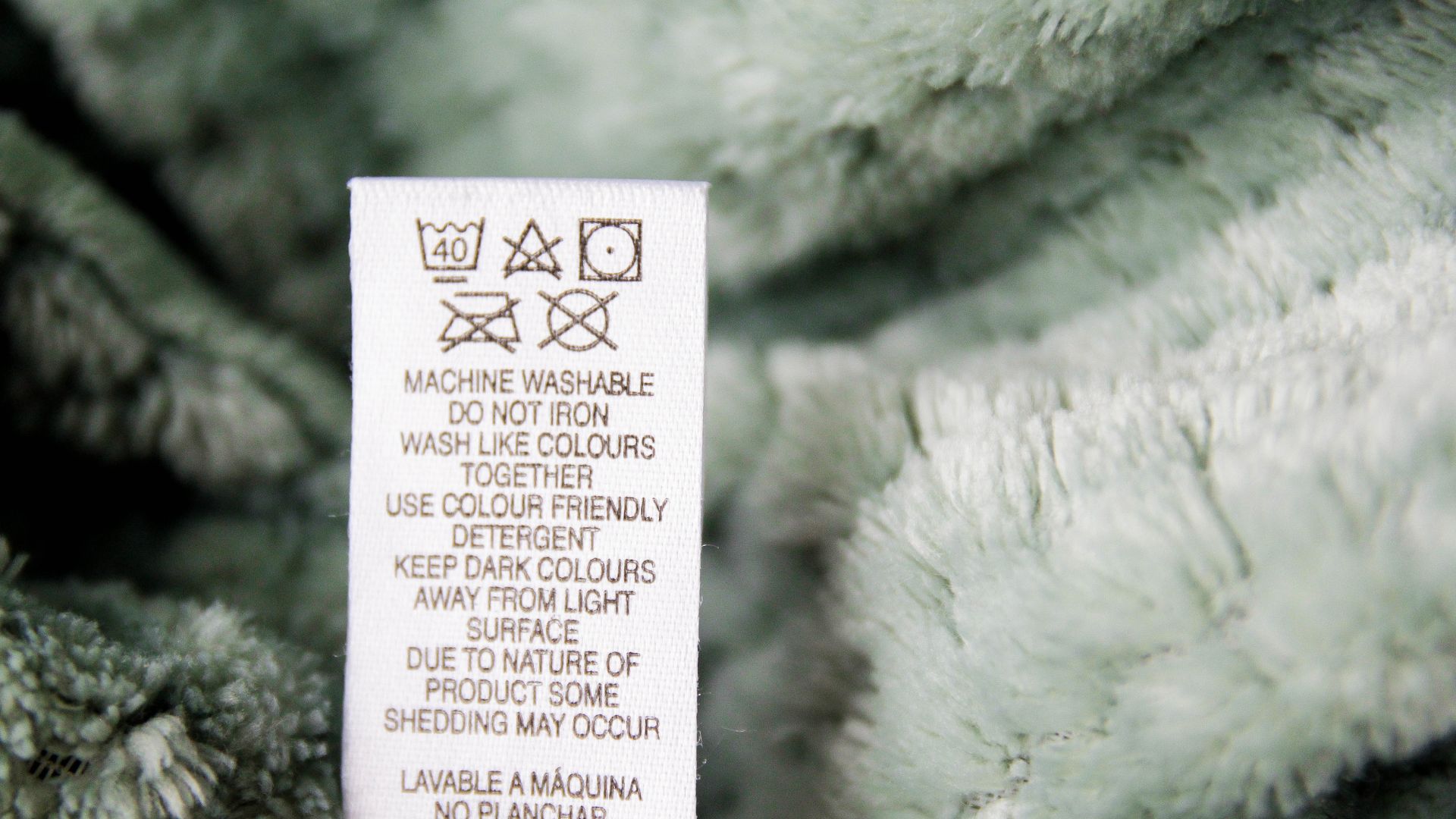
Before you start scrubbing it's important to know all you can about the fabric you're treating, how to clean a shower curtain is very different to the way you tackle cleaning your white shoes or suede, cotton and polyester materials.
Sarah explains, "It’s important to follow the manufacturer’s instructions when washing or trying to remove mould from fabric." Various materials will have different washing temperatures, require gentler washing techniques and may even have specific ways they need to be dried.

With over twenty-five years in the cleaning industry, Sarah is truly an expert in what she does. Specialising in domestic cleaning and laundry, Sarah also works closely with MyJobQuote to provide expertise in cleaning to homeowners, tradespeople and media outlets.
3. Remove excess mould
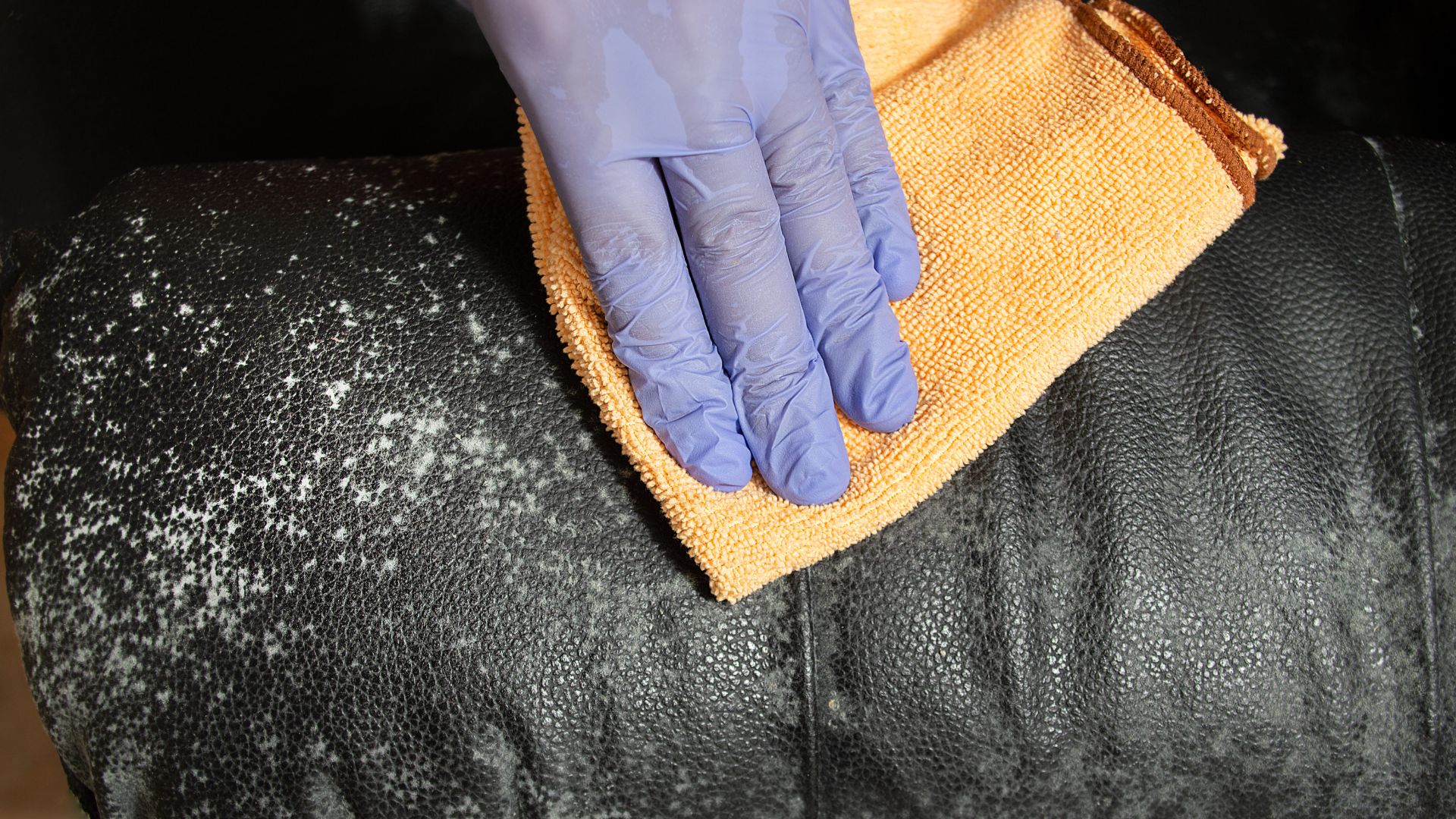
If your fabric is particularly mould-ridden then there may well be some larger spots that are sitting on top of the material, if this is the case before you whip out the expert cleaning hacks first use a brush to gently wipe off those looser surface-level mould pieces.
Jeannette Hudson, an upholstery and furniture expert at Online Sofa Shop, suggests using a soft bristle brush or even a dry cloth as these will lift the mould without affecting the fabric.
She also explains how a softer touch here will also protect what you're cleaning, scrubbing too hard may cause more damage and also unnecessarily disturb the mould pores that can be safely removed later in the process.
This tip is ideal when cleaning outdoor cushions because they require more regular cleaning than those indoors.
With a bachelor's degree in Interior Design, Jeannette has been working in the creative industry for over 30 years. Not only has she created various furniture exhibitions and fashion shows, she's also worked in furniture manufacturing, upholstery and product design which has landed her the current position of Product Lead at The Online Sofa shop.
4. Clean and treat
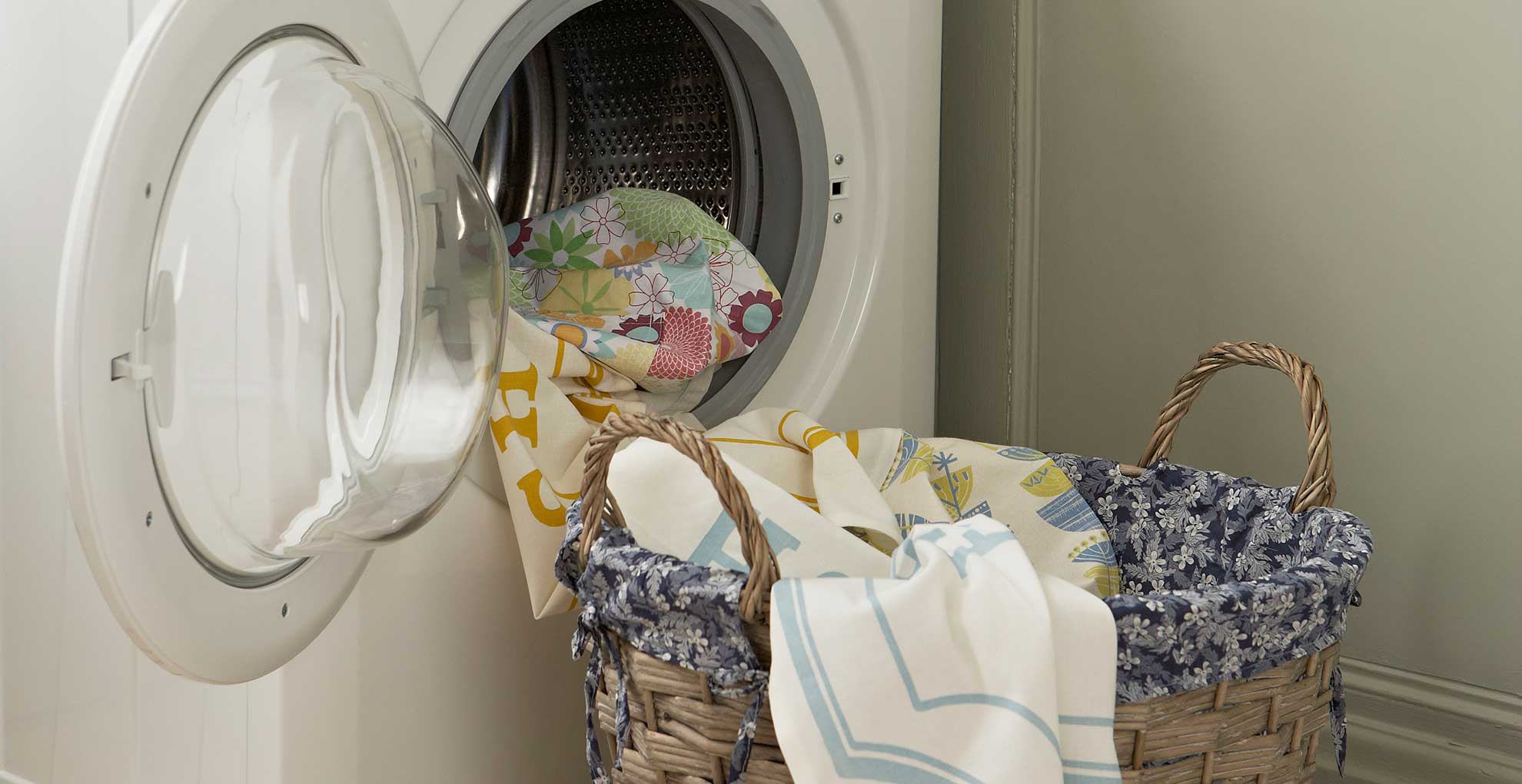
After removing the larger surface areas of mould, it's time to start work on the embedded spores that have found a home in the weaves of the fabric. This is where it's important to refer back to the manufacturer's label as your fabric will need to be washed and treated differently depending on what type of material it is.
"For washable fabrics, opt for a hot wash with a mould-killing detergent, preferably an oxygen-based bleach as chlorine bleach can damage some fabrics. Add baking soda to the wash to improve odours," explains Jeannette. We found a highly recommended laundry bleach from Ecover at Amazon for just £1.90.
"Non-washable fabrics should be vacuumed to eliminate residual spores. Follow up with a delicate spot-cleaning method using a 1:1 ratio mixture of white vinegar and water, or a baking soda paste. Allow the cleaning solution to sit for 30 minutes before rinsing, ensuring you test a hidden area to prevent fabric discolouration."
Once you've finished the cleaning process make sure you know how to clean your washing machine correctly to get rid of any mould and bad smells that may be hanging around.
5. Dry fabric thoroughly
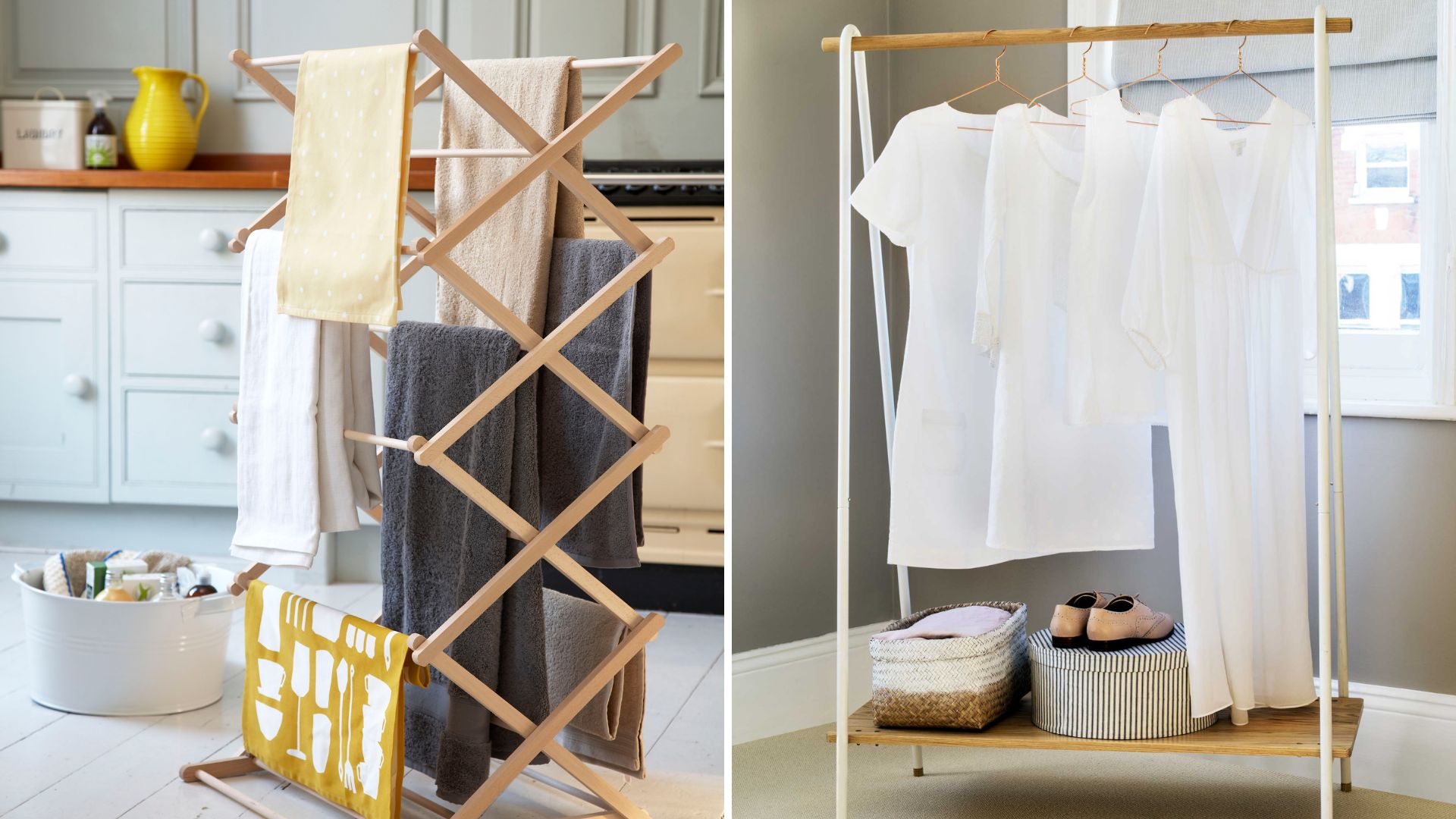
It's not only important how you wash your fabric but also how you dry it. After all, mould loves to grow in damp places, hence why the back of the wardrobe or near cold windows with condensation on the inside is more prevalent for mould breakouts.
Sarah suggests hanging the fabric out to dry in the sun where possible. She says, "Once the wash cycle has finished, you should hang the fabric to dry in the sun. Sunlight has a natural bleaching effect and can also help to kill any remaining mould spores in the fabric. Also, breezes can help to improve the airflow to the fabric. It's best to avoid using a dryer."
However, if seasonal weather eliminates the possibility of drying your fabrics outside then hanging them on an airer with a dehumidifier nearby is the next best thing – because dehumidifiers are good for drying laundry.
All the better if it's one of the best heated clothes airers to speed up the process of doing laundry and drying clothes indoors.
Just make sure that the fabric is completely dry before storing, rehanging or wearing the fabric item.
Will mould come out of clothes?
The short answer is yes. However, there may be some cases where the mould is a little harder to tackle or an instance where it's too late to save a jumper that has been unknowingly growing mould on it for months. In most cases, the mould shouldn't be too severe and following the steps above should be enough to remove all traces of mould from clothes and other fabrics.
Interestingly the mould often found on clothes is different from that we see on damp walls and wooden furnishings. Cleaning expert Catherine Green, from the cleaning brand Smol, explains, "The mould we find on clothes and shoes is generally the Aspergillus strain and it differs from the mould we see on walls and ceilings because it's similar to the mould you find on bread or cheese which is white in colour, however, it can also be a greenish-black."
Our clothes can fall victim to mould for several reasons, Catherine says, "If you leave your laundry in the washing machine for a few days by mistake, fold away some clothing that was still wet or perhaps discover a water leak in your wardrobe... your clothes and shoes can play host to mould."
This is why it's a great idea to invest in a dehumidifier and routinely check your walls and cupboards that back onto any moisture-prone walls.

Having worked for the cleaning brand Smol since its creation, Catherine has tested each and every product before its release. She is also involved with the production team's process and provides feedback for the development of the company's products.
So whilst it's possible to save your soft furnishings and clothes from a mould invasion, you must always stay on top of any occuring mould issue within your home. Should the problem become particularly bad then contacting professional cleaners that deal with mould is a great step in ensuring the spread is stopped and your household and its fabric contents remain safe and sound.

Emily joined woman&home as a staff writer after finishing her MA in Magazine Journalism from City University in 2023. After writing various health and news content, she now specialises in lifestyle, covering unique cleaning hacks, gardening how-tos, and everything to help your houseplants thrive.